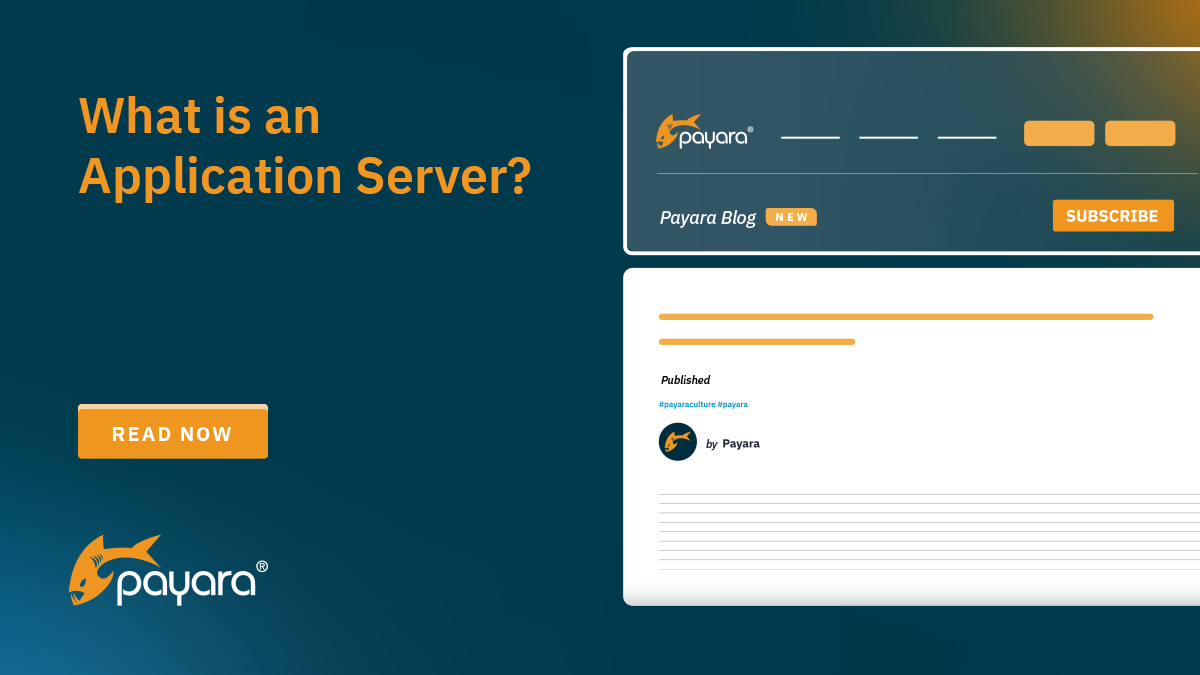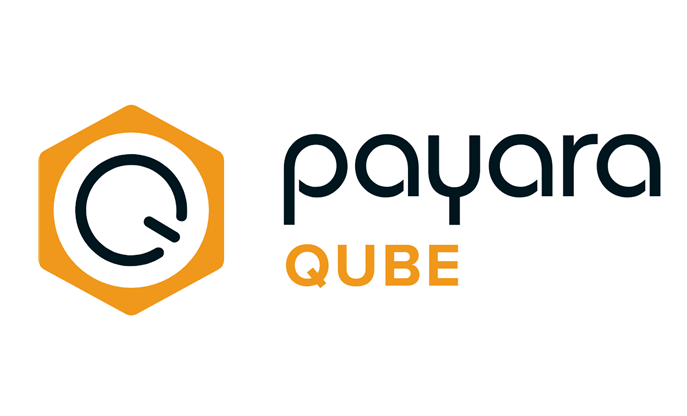 3 minutes
3 minutes
End-of-Life Technology: How to Drive Innovation Without Compromising Stability
When legacy systems approach end-of-life (EOL), enterprise IT teams typically face the choice of moving forward at all costs […]

Have you ever been asked “What is an application server?” by a member of your senior management team, and struggled to explain the application server model? We know how you feel. It’s tough to explain complex software concepts to those who can be easily overwhelmed by even the jargon we’d otherwise use to explain them.
In this blog post, we explore what an application server is, how it’s different from other kinds of servers, its advantages and disadvantages, and which application server is best for your application infrastructure. And, you won’t need to have an Engineering degree and 6 years’ experience on a software development team to understand it.
If you’ve been directed to this blog post, you’ll probably first want to know: What is an Application Server?
Simply put, it is a piece of software that allows your application code to be “served” (delivered and usable) to users.
To expand on this a little, let’s start with the basics
To really understand what an application server is, we need to think about your setup in terms of an integrated structure – specifically layers of architecture – that support your application. An application server fits in the “middle layer”.
These layers (illustrated below) include:
Sitting in the Middle Layer, an application server allows communication to happen between the Data Storage and the UI. But it also carries out essential background tasks that regular users (unless they are administrators) will rarely see, such as:
You may be more familiar with the term ‘web server’. How is it different to an application server?
Simply put:
As you can see, an application server carries out a lot more functions than a web server and is more suited to business-critical applications on the Java Platform using Jakarta EE for which minimal downtime is essential.
Now let’s look at the pros and cons of application servers. This list should help you see why it’s important that you seriously consider future proofing your application infrastructure by adding this vital piece of infrastructure now.
One of the biggest headaches for your Engineering team is ensuring that your application can cope with the flexible demands of the traffic between visitors and the levels of your infrastructure – with no detectable loss in performance. Applications that use application servers tend to maintain this desirable high availability.
How? This is achieved by something known as load balancing. The main point of this activity is connecting incoming user and other activity (HTTP requests) to resources that can handle them immediately. With a modern application server, you can configure and automate this activity, then configure monitoring and alerts for anomalies. If a failure of availability occurs, then failover protocols ensure that session data is retained to enable users to continue with their session once the application is active again. This reduces friction – and frustration – for users.
The centralized management and monitoring advantages of an application server are obvious if you consider all the individual components that make up your application’s infrastructure. This includes the data storage and UI layers mentioned before. But it also includes many other parts you may not have thought of, such as:
The application server holds everything together, prompting you with default settings, enabling communication, and alerting you if something is badly configured or not operating optimally.
The only downside of an application server is the learning curve involved in the beginning. But well documented products like Payara Server Enterprise ensure you can get up and running quicky.
The obvious upside to adding an application server into your application’s infrastructure is that it will generally come packaged with pre-configured administration tasks, scripts, certificate management, an upgrade tool and more.
Is there any downside to reducing the time your Engineers need to spend configuring all components of your infrastructure from scratch? If you can make time savings here, then your Engineers can be deployed into working through the next sprint’s new features’ list and chipping away at those pesky bugs.
Your engineering team should select an application server that allows you to automate where possible so that your infrastructure will be robust enough to cater for the changing demands of your users and the associated traffic.
The best application servers provide this optimization on demand, enabling you to:
It’s difficult to think of a downside to this on-demand optimization. This helps your Engineering team shave more deployment time off their schedule. In turn, this means that when those alerts for anomalies or security do arise, the team is free to deal with them immediately.
If only there was a straight answer to this question. It depends on several factors. But you can appreciate that an application server subscription cost will vary dramatically depending on whether you’re an unknown startup with a newly released smartphone app and a small circulation or Amazon. Here are some costs to bear in mind:
Don’t forget to factor in related costs such as:
As you might expect, there is no single answer to this question. But, when your Procurement and Engineering teams are looking for an application server, they will likely be considering various elements – some more important than others depending on whether they are in Engineering, DevOps, or DevSecOps.
This list should act as a starting point, to help you participate in these conversations with a little more information:
I hope you’re now much clearer on what an application server is, how it is different from a web server, what it does, and why it is prudent to take time over selecting the right one for your application’s needs. And I hope you’ve also learned some new terminology along the way. Perhaps you can now better follow along with those impenetrable Engineering conversations at your next All Hands meeting. Perhaps you can now be the one to provide an answer the next time someone new joins your management team and asks, “But, what is an application server?”.
Read our Tech Blog, to keep up to date with the latest data security legislation, regulations, and standards. And follow the links to find out how your development team can try one of our products:
Share:
 3 minutes
3 minutes
When legacy systems approach end-of-life (EOL), enterprise IT teams typically face the choice of moving forward at all costs […]
 3 minutes
3 minutes
Working with enterprise Java databases can sometimes feel like swimming upstream. Jakarta EE 11’s Jakarta Data helps developers glide […]
 5 minutes
5 minutes
Payara Cloud is becoming part of Payara Qube family of Java application deployment runtimes. This move reflects how the […]